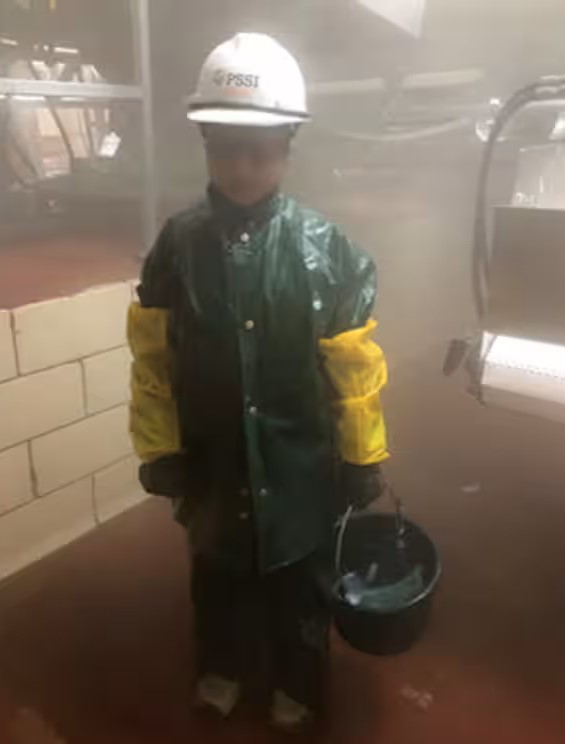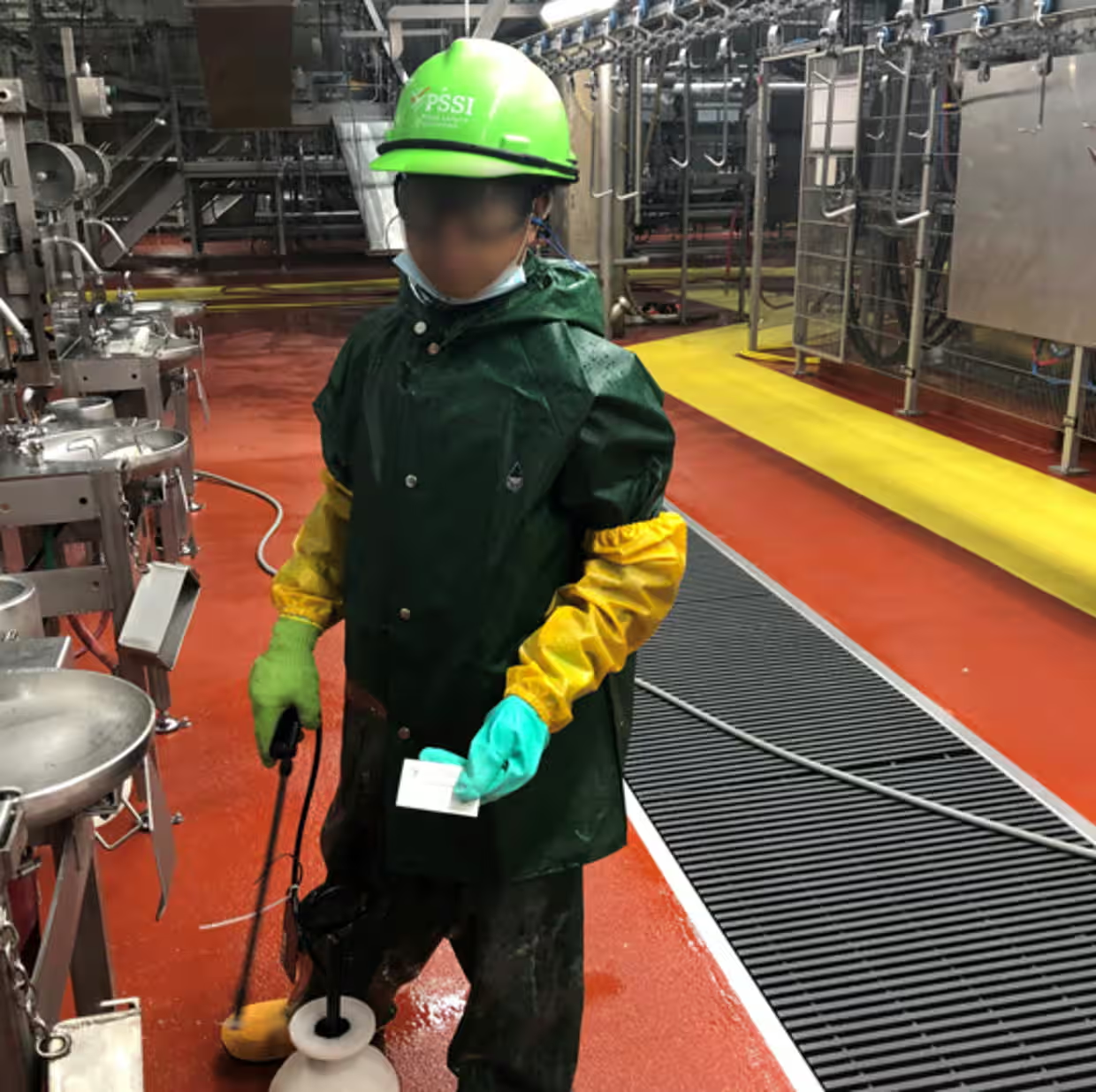In the past years child labor laws across the country have been weakened and children have been able to work longer shifts and in more dangerous conditions. A recent Economic Policy Institute report identified bills loosening child labor standards in 10 states that have been passed or introduced in just the past two years. The same report also found that there has been a 37% increase in child labor law violations in the past year. In February of 2023, news broke of the employment of over 100 children by a slaughterhouse cleaning company. These kids were working overnight shifts cleaning razor-sharp saws used for the killing and processing of livestock and working with extremely caustic and dangerous chemicals. At the same time Hyundai plants in Alabama have repeatedly employed underage workers (illegally), many of whom were illegal immigrants. These young migrants are taken advantage of due to the fact they often have little or no form of identification. The labor shortages, particularly after Covid-19, have led to companies (and states) being increasingly desperate for laborers and taking advantage of kids who need the money.


Many of these cases, while troubling, were discovered by and dealt with by the federal government. Now imagine if the Supreme Court were to one day rule that the current federal child labor laws (namely the Fair Labor Standards Act) were not in Congress’ purview, as they have done before. Many states such as Arkansas, Iowa, and New Hampshire have already greatly loosened child labor laws and with this dismantling of federal laws would be free to allow for any form of child labor: often at the behest of industry lobbying and the desire for a larger workforce.
The Supreme Court has recently signaled a greater willingness to curtail Congress’ powers under the Commerce Clause (where it currently derives its child labor regulating powers). In the 2023 case Sackett v. Environmental Protection Agency the court ruled in a 5-4 decision to curtail the authority of the EPA and with it the federal government. But the most troubling part of the case is Justice Clarence Thomas’ concurring opinion (to which Justice Neil Gorsuch joined), in which he stated that he essentially believes that the Supreme Court should go back to the narrow interpretation of Congress’ constitutional power to regulate interstate commerce. Thomas attacks the so-called “New Deal era conceptions of Congress’ commerce power.” (SCOTUS 61) Thomas calls for a return to the pre-New Deal conceptions, ones similar to the Court’s decision in the aforementioned Hammer v. Dagenhart. Justice Thomas is arguing for a return to interpretations of the Constitution that blocked Congress from regulating child labor. If two of nine justices on the Supreme Court are in favor of a return to Hammer v. Dagenhart-era limitations of Congress it shows the urgency of this issue and necessity of the passage of the Child Labor Amendment.
Recently, on February 9, 2024, Delegate Sheila Ruth of District 44B introduced a bill to the State House to ratify this amendment, currently it has not gone very far, being referred to committee, and as of this writing, very unlikely to be passed in this legislative session. https://mgaleg.maryland.gov/mgawebsite/Legislation/Details/HJ0007?ys=2024RS
